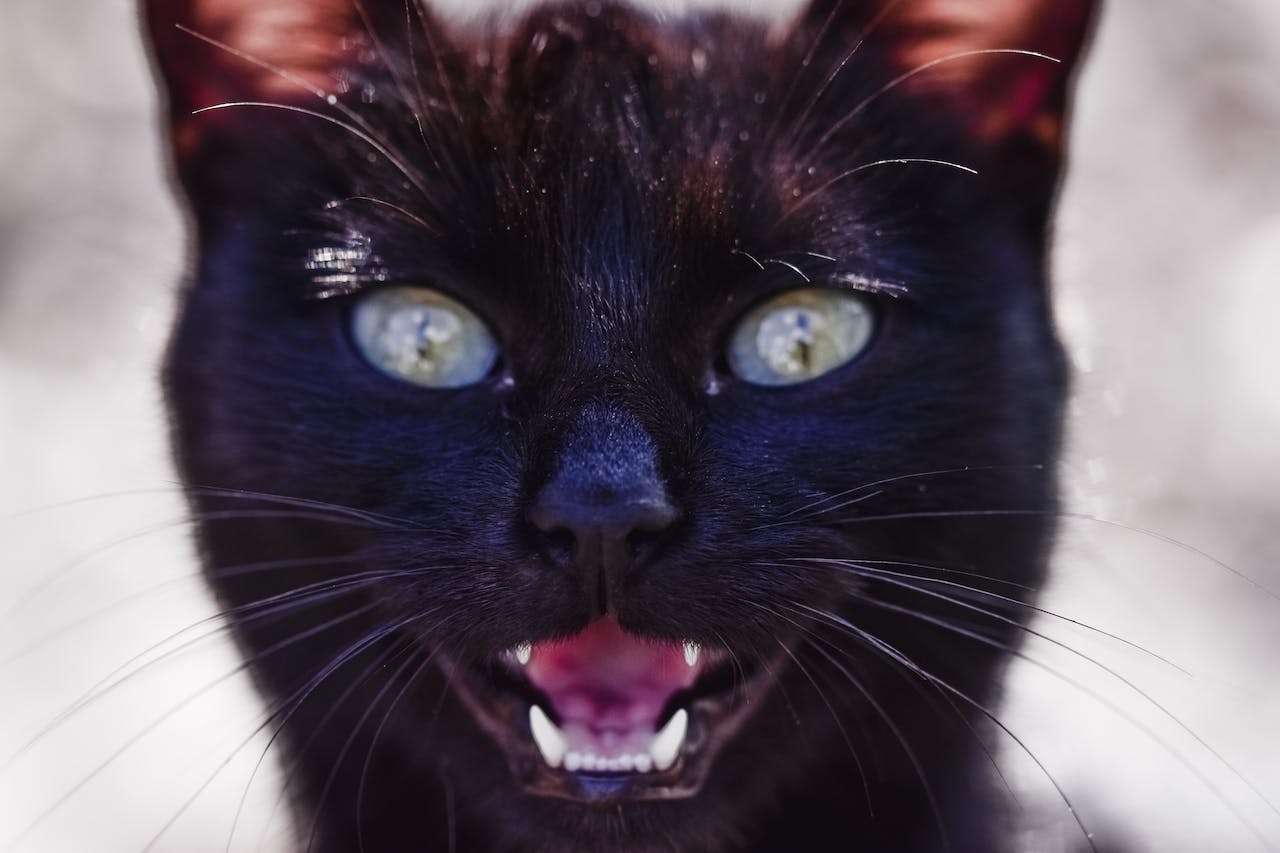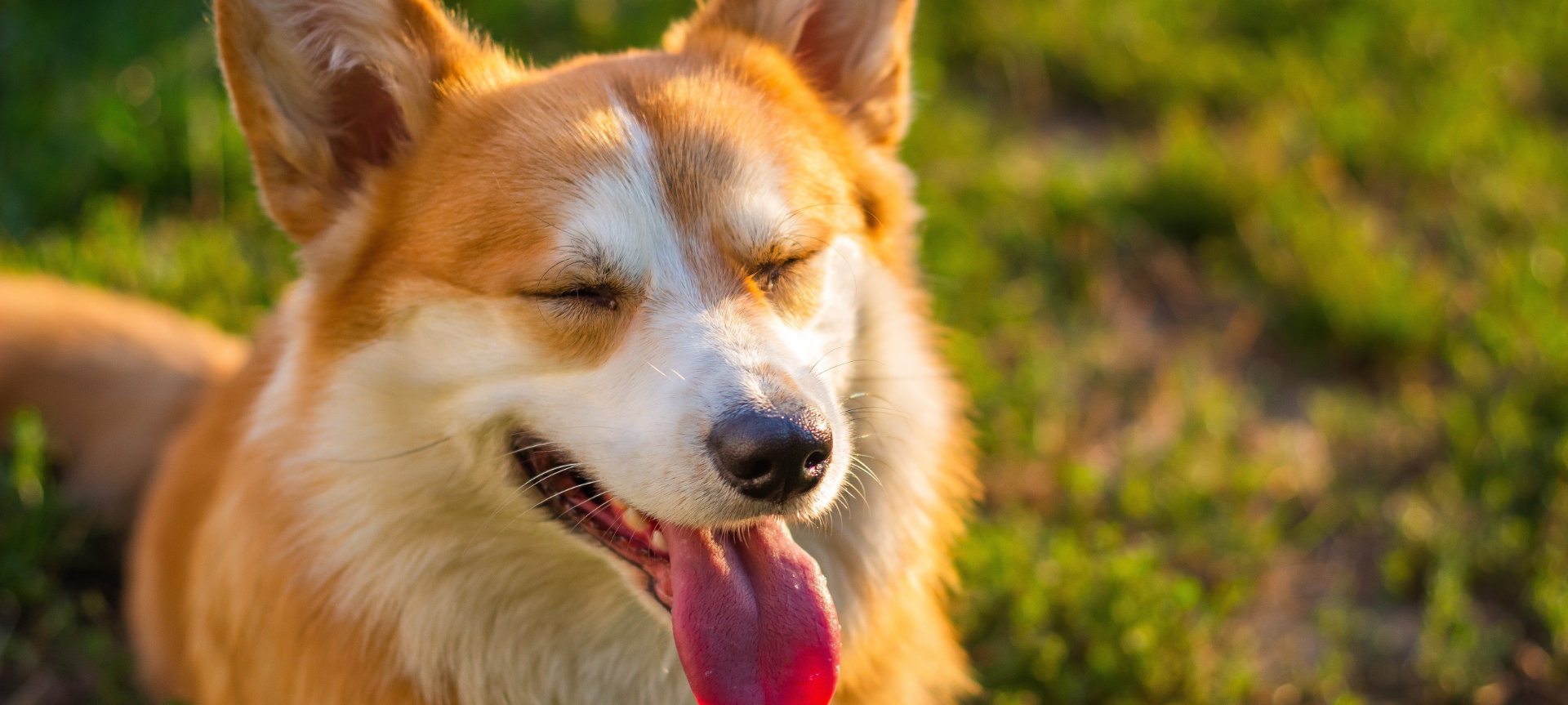
14 Nov The Effects of Malocclusion in Cats
Malocclusion, a misalignment or incorrect relation between the teeth of the upper and lower jaws, can affect cats in various ways, causing discomfort and potential health complications. Just like humans, cats can experience dental issues, and malocclusion is among the conditions that can impact their oral health and overall well-being. Understanding the effects of malocclusion in cats can help pet owners recognize the signs and take necessary measures to ensure their feline friend’s dental health is properly managed.
What is Malocclusion?
Malocclusion refers to a misalignment or improper positioning of the teeth when the mouth is closed, leading to an incorrect bite. In cats, malocclusion can occur due to various factors, including genetic predisposition, dental trauma, or abnormal tooth development. Depending on the severity of the condition, malocclusion can cause significant discomfort and may lead to complications that affect a cat’s ability to eat, close the mouth, groom, and maintain good oral hygiene.
Effects of Malocclusion
Malocclusion can affect cats in several ways, leading to various oral health issues and potential complications, including:
- Difficulty eating: Cats with malocclusion may experience difficulty grasping and chewing food properly, leading to a decreased appetite and potential weight loss.
- Dental pain: Misaligned teeth can cause discomfort and pain, especially if the teeth are pressing against the gums or other oral tissues.
- Gum disease: The improper positioning of the teeth can create pockets where food and bacteria can accumulate, increasing the risk of gum disease and potential infections.
- Excessive wear and tear: Malocclusion can cause uneven wear on the teeth, leading to further dental problems and potential damage to the tooth enamel.
- Difficulty grooming: Cats may have difficulty grooming themselves if their oral discomfort prevents them from properly cleaning their fur and skin.
Managing Malocclusion in Cats
While some cases of malocclusion in cats may be manageable with proper dental care and monitoring, most cases require intervention from a veterinarian. Treatment options for managing malocclusion in cats may include:
- Dental exams and X-rays: Regular dental check-ups can help identify malocclusion early on and allow for appropriate treatment measures to be implemented.
- Dental extractions: In some cases, the extraction of traumatic teeth may be necessary to alleviate discomfort and prevent further complications associated with malocclusion.
- Orthodontics: In some cases, an orthodontic procedure may be recommended to alleviate the cat’s traumatic occlusion.
- Dietary modifications: Providing a diet that is easily chewable and does not exacerbate dental discomfort can help manage the effects of malocclusion on a cat’s eating habits.
If your cat is showing any signs of discomfort, please contact our team to set up an appointment. We’re happy to assess your cat’s oral health and to make any recommendations for treatment!




